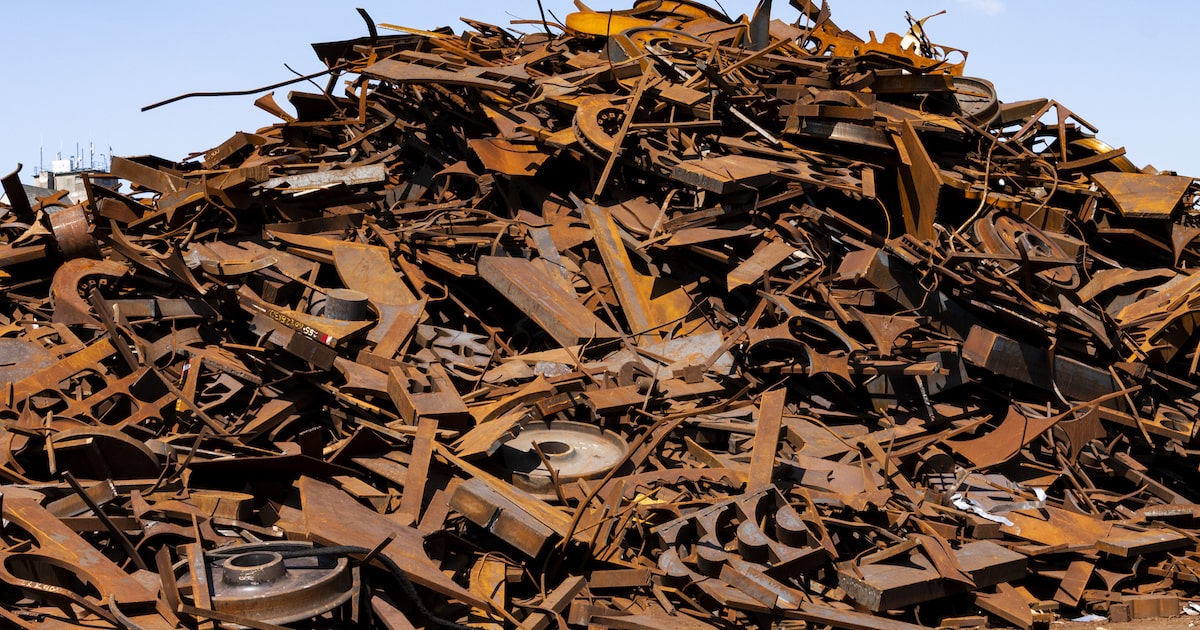
Concepts and terms like ”environmental sustainability” and ”carbon neutrality” have become increasingly more common in recent years. Individuals and companies are being told they must mitigate adverse environmental impacts, adopt environmentally sustainable practices and become carbon neutral. But many environmentally minded folks do not realize that high-performance coatings manufacturers have contributed to sustainability and carbon neutrality since, well, since the advent of coatings to protect steel.
Users of high-performance coatings have traditionally focused on the role of coatings in economic sustainability, not environmental sustainability. Owners use protective coatings because they seek the lowest cost of operations. Preventing steel from unnecessary replacement due to corrosion is financially beneficial to the asset owner. Harder to quantify on a financial statement, however, are the additional environmental benefits.
Considering the Consequences
When discussing liquid coatings and their impact on the environment, the discussion is typically negative. Most high-performance coatings developed to protect steel assets contain volatile organic compounds, commonly referred to as VOCs. The solvents in coatings, or VOCs, evaporate into the atmosphere and are considered pollutants. But the proper use of high-performance coatings also results in a positive benefit to the environment: sustainability.
Steel is the cornerstone of modern civilization; it’s strong, relatively inexpensive, and lacks any viable alternatives. There is some form of steel in virtually every modern structure, piece of equipment, or vehicle. It’s the most essential material used in construction.
Unfortunately, steel exposed to the elements will corrode, losing all the properties that make it an essential construction material. Steel will electrochemically react in the presence of oxygen and an electrolyte and revert to its original state as iron oxide.
This chemical degradation of steel is commonly known as rust. With enough corrosion, the steel will have to be replaced at no small expense. But the financial cost is not the only negative impact of replacing steel due to corrosion.
Offsetting the Negative With the Positive
It takes a significant amount of energy to produce steel, and most of that energy comes from fossil fuels. According to the experts, approximately two tons of CO2 are emitted into the atmosphere for every ton of steel produced.
For example, a 6-inch diameter Schedule-40 steel pipe weighs about 19 pounds per foot. A 105-foot run of 6-inch pipe weighs close to 1 ton. If this steel pipe had to be replaced due to corrosion, not only is the replacement cost high, but the environmental cost is also high. One ton of steel equals two tons of CO2 emitted into the atmosphere.
In comparison, protecting that same 105-foot run of 6-inch steel pipe with a standard three-coat high-performance coating system would emit fewer than 10 pounds of VOCs. While it’s essential to manage VOCs from high-performance coatings, the environmental benefits of protecting steel from corrosion and replacement are significant.
Asset owners know it is cheaper to mitigate corrosion than to replace steel. They also know it is cost-effective to use long-lasting coating systems for new-build projects. For maintenance painting, they know that the touch-up and repair of existing coating systems are much less expensive than the complete rehabilitation that is necessary if the corrosion is left unchecked.
Strategizing for the Future
Unfortunately, pressures on budgets (like a pandemic) often require these same decision-makers to cut expenses where they can for the viability of the business now. Future needs will have to be addressed in the future. Maintenance painting is one of the variable expenses that is often reduced or cut.
The best advice for those trying to navigate the up-and-down pressures on budgets while striving for the lowest cost of operation of steel assets is to develop strategies to stretch those coating budgets to protect the most steel possible with long-lasting systems, in both the good and lean years. Reach out to trusted coatings experts if needed. A good coating program is beneficial for the bottom line and the environment.
Remember, the most effective carbon neutrality practice is to protect current carbon steel assets from being replaced due to corrosion.
This article was originally published in a slightly altered form on PaintSquare.

